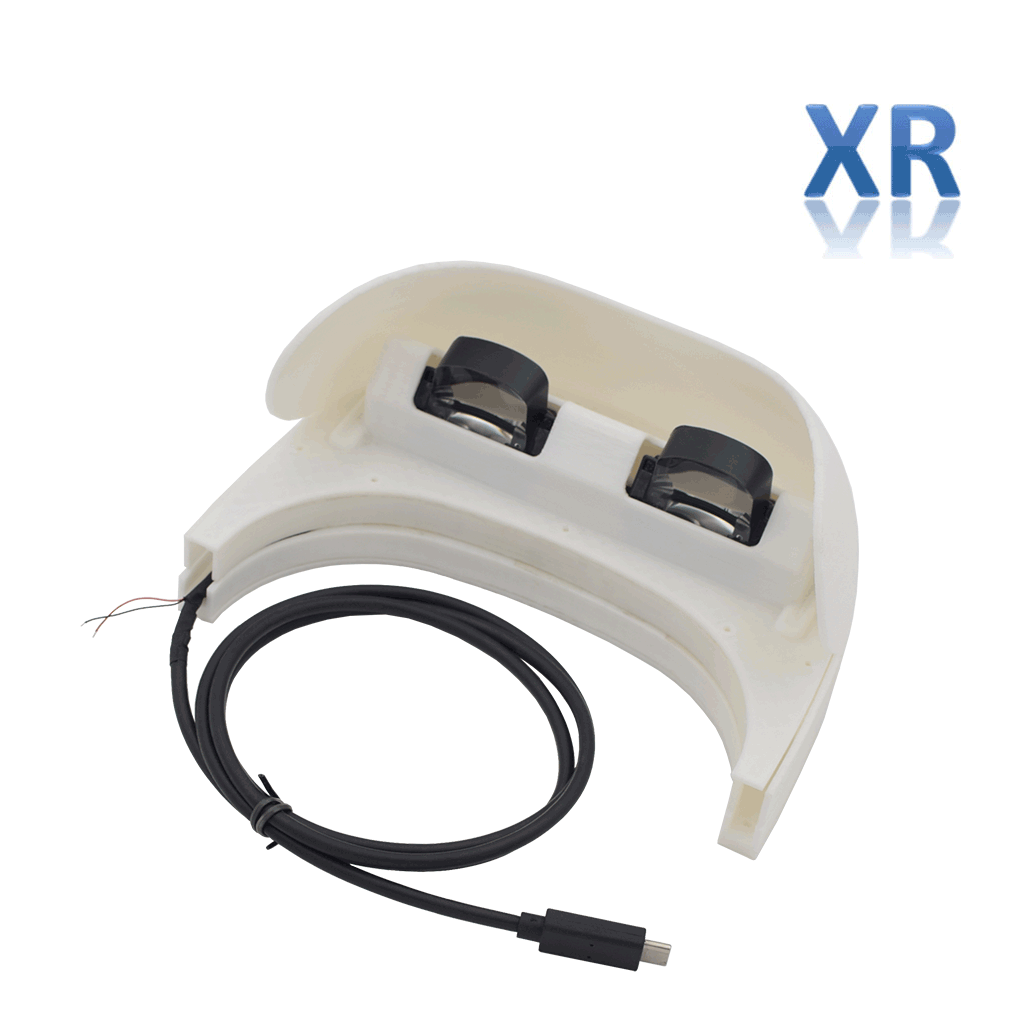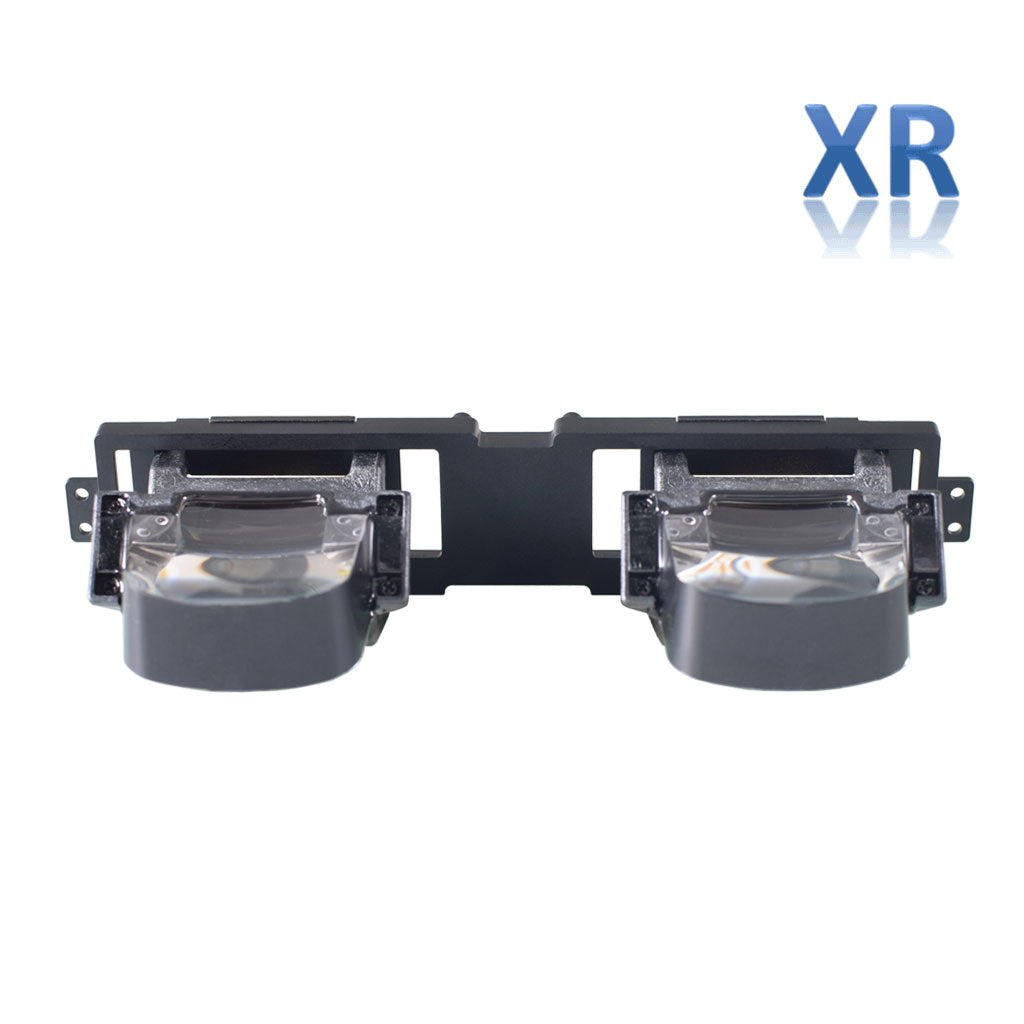Hi, last time we introduced the concept of Contrast, Uniformity and Color Quality, Chromatic aberration.
(If you're interested, check it out here. Talk about Contrast, Uniformity and Color Quality, Chromatic aberration)
Today we talk about several factors affecting the AR glasses visual effects, they are Brightness, Transparency and Duty time, Resolution, Latency. Let's take a look.
Brightness, Transparency and Duty time
Display brightness: The display needs to be bright enough to see the virtual content clearly in all situations.
Transparency is a physical property that allows light to pass through a material.
Simply put, it refers to how much light in the real world can enter the eye. For AR glasses, the ideal transparency in the unshaded area is 100%.
Duty time defines how long a pixel is allowed to emit light per frame.
Because display brightness is so challenging, most AR glasses today are usually tuned to be barely bright enough for indoor usage and quickly become unusable outdoors - especially in direct sunlight. To alleviate this problem, most optical designs increase the relative brightness of AR glasses by blocking ambient light from entering them. However, this in turn reduce the transparency of the optical module.
When duty time is 100%, it means the display emits light continuously. For a 60Hz display that would mean around 16ms per frame. However, showing the same pixel values for such a long time would result in motion artefacts (“smearing”).

Figure: Same image without (left) and with (right) horizontal motion blur
Fortunately, the human head is much more stable when looking at detail, so in practice a pixel duty time of 4ms or less is still usually acceptable for AR displays.
Resolution
Resolution refers to the number of pixels the display can display.
The higher the resolution, the better the image quality and the more detail you can observe. In contrast, the more information is recorded, the larger the file. The optimal display resolution should be close to or slightly beyond the limit of human vision (about 1 arc minute, 1/60°).
Nowadays, the resolution of many mobile phones is much higher than the limit of the resolution that human eyes can observe under normal conditions. Human eyes directly accept the signal of the screen (ignoring the protective film), so there is no problem that the optical module affects the pixel quality of the display screen.
For AR glasses, the perceptual resolution of the human eye may be much lower than the real resolution of the display screen. Therefore, by solving this limiting factor of optical module, AR glasses have a chance to improve their resolution significantly.
Latency
Motion to photon latency defines how long it takes from an event (a motion) until the display shows a respective update.
Simply speaking, it is the delay caused by the corresponding movement of the virtual image when the user's head moves.
In AR, systems with low enough latency is required to be usable. However, it is commonly agreed upon that a latency of 5 milliseconds or less is sufficient for optical see-through displays.

Figure: Due to latency labels can shift from clear locations (left) to unclear or wrong locations (right) during fast head motions.
Latency is mainly a function of display panel (OLED, LCOS) and the display protocol (MIPI, DisplayPort, HDMI), and the choice of latency and display panels has a great impact on the design of electronic and software design.
Read more

This is a 3D model example of AR glasses. You can download the examples in the Development Center of DM-DevKit-AR0701.

Qualcomm has officially released the snapdragon XR2 chip, the first XR chip to support 5G.



Leave a comment
This site is protected by hCaptcha and the hCaptcha Privacy Policy and Terms of Service apply.